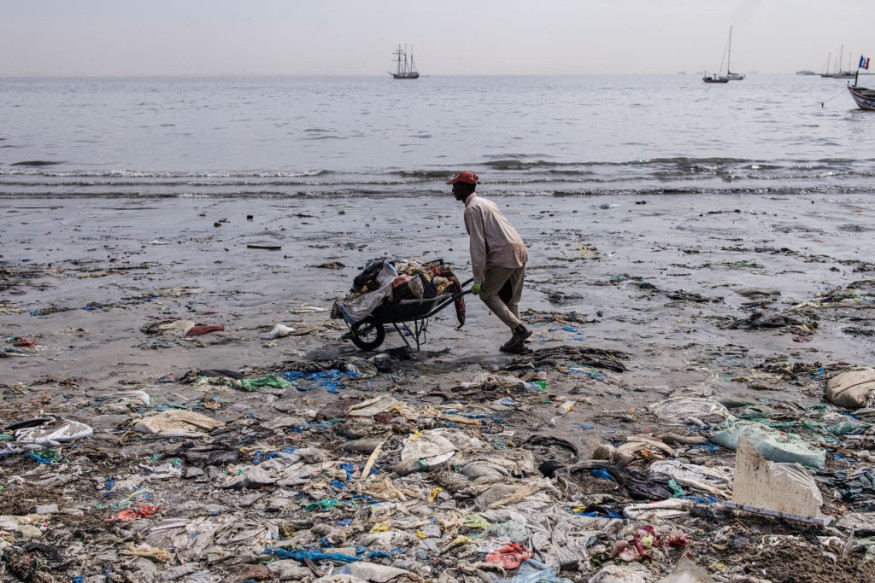
The United Nations has warned of catastrophic consequences for the climate and ecosystem as global raw material extraction is anticipated to increase by 60% by 2060.
According to the report, the removal of Earth's natural materials is already responsible for 60% of global heating impacts, including land use change, 40% of air pollution impacts, and more than 90% of world water stress and biodiversity loss.
Extreme Weather Events
Natural resource exploitation has increased by about 400% since 1970, owing to industrialization, urbanization, and population growth, according to a presentation of the five-year UN Global Resource Outlook to EU ministers.
According to Janez Potočnik, a former European commissioner and co-chair of the UN group that conducted the analysis, raw resource exploitation on the expected scale will likely lead to more frequent and severe storms, droughts, and other climate disasters.
"In essence, there are no more safe spaces on Earth. We are already out of our safe operating space and if these trends continue, things will get worse," he said.
He added that extreme weather occurrences will become more frequent, with ever-increasing financial and human costs.
Read Also : New Recyclable Plastic Made of Super Glue Raw Material Could Be the Answer, Researchers Say
Systematic Resource Efficiency
The report prioritizes fairness and human well-being assessments over GDP growth alone, and it recommends actions to lower total demand rather than simply expanding "green" manufacturing.
Potočnik argues that decarbonization without addressing economic growth, resource use, and environmental repercussions is insufficient.
The current focus on supply-side cleansing should be supplemented with demand-side measures.
The study claims that instead of building additional houses on virgin land, most of Europe's housing crisis may be handled by making better use of empty homes, underutilized space, and more community-focused living.
This type of "systemic resource efficiency" might boost equity and cut greenhouse gas emissions by more than 80% by 2060, compared to current levels. According to the analysis, material and energy requirements for mobility might be reduced by more than 40%, and those for construction by approximately 30%.
"Resource use is a main driver of the triple crisis of climate, biodiversity and pollution. Reducing our resource consumption is essential to minimise those interconnected environmental pressures," said Zakia Khattabi, the climate and environment minister for Belgium, which currently holds the EU's rotating presidency.
He stressed that to overcome this, future EU circular economy policies should place a greater emphasis on demand-side measures and a just transition.
Under the European Green Deal, EU countries' material and waste footprints are tracked and recorded online. The bloc has not yet moved to legislate for use reduction objectives, but the matter is due to be considered at an EU environment ministers' conference in June.
On average, Europeans have an annual material footprint of 15 tons per person, with Finland at the top (46 tons per capita) and the Netherlands at the bottom (7 tons per capita).
Finland likewise produces the highest garbage per person in the EU (20,993kg), with Croatia producing the least (1,483kg). In 2020, the typical EU citizen had a waste footprint of 4,815 kilograms.
Related Article : BMW to Cut 200 Million Tons of Emission by Producing 10 Million Electric Vehicles by 2030
© 2025 NatureWorldNews.com All rights reserved. Do not reproduce without permission.





